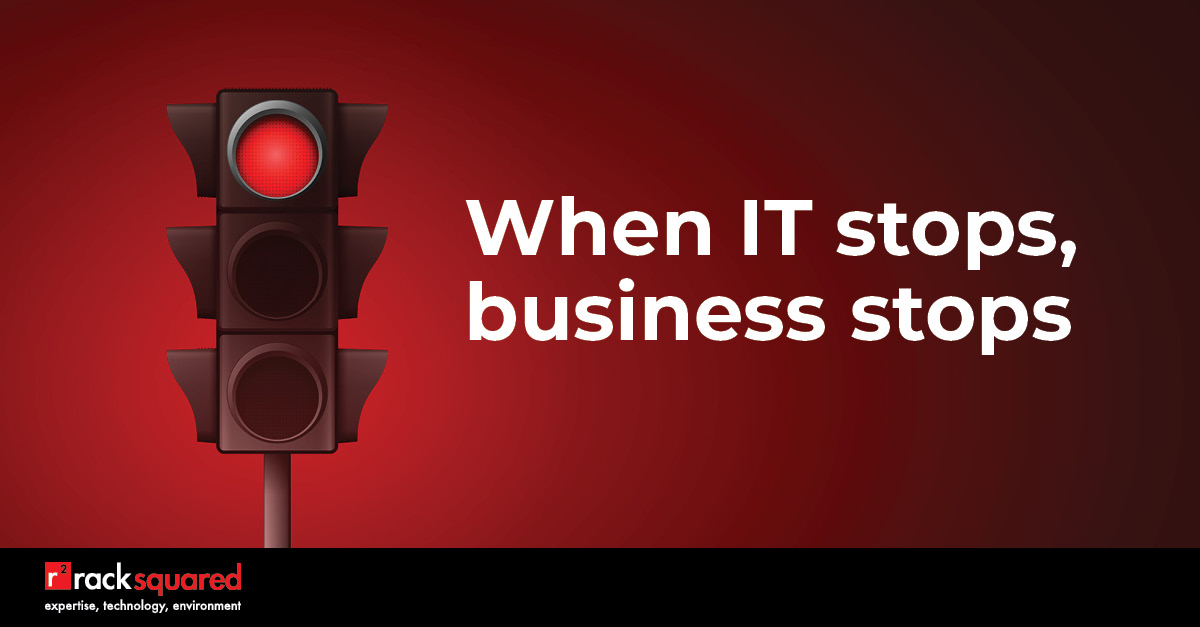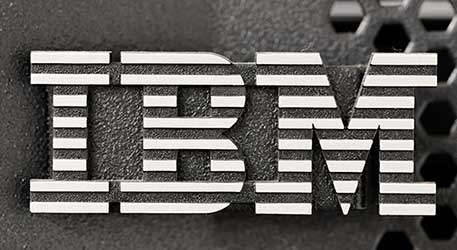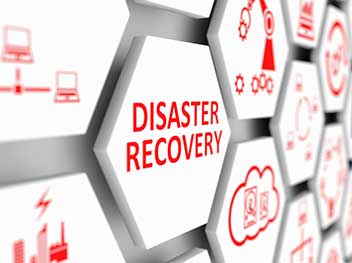Solving The Power9 Dilemma
Purchase hardware, depreciate hardware, and repeat.
After four years on the market, the Power9 processor is in the process of being replaced by the Power10 chip. Whether you are an early adopter of CPUs or a laggard, the challenge for many companies is the timing of the refresh. As leases on the Power9 machines are expiring, companies are struggling with how to bridge the gap between the end of their current Power9 system lease and the release of the Power10 systems. Their typical options include lease renewals, lease buyouts, or purchasing a new Power9 server, but some companies just want to get out of owning and managing hardware and are taking this opportunity to consider a migration to Power Systems in one of a number of clouds.
Read More








